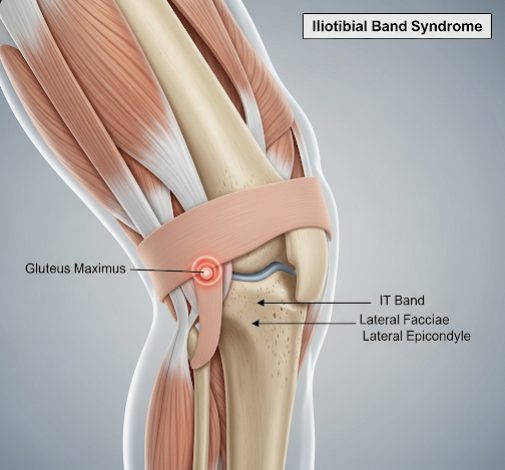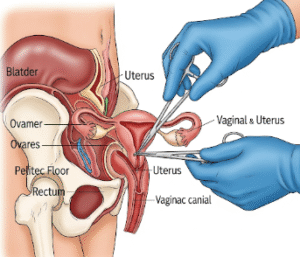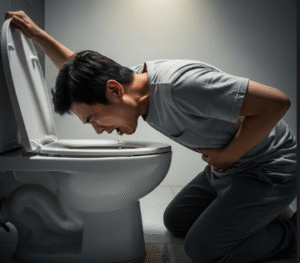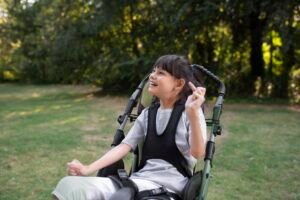Overview
Iliotibial Band Syndrome (ITBS) is a common overuse injury causing pain on the outer side of the knee. It results from irritation and inflammation of the iliotibial band, a thick band of connective tissue that runs along the outside of the thigh from the hip to the shinbone (tibia). ITBS is especially prevalent among runners, cyclists, and athletes in Korea, where sports medicine clinics and orthopedic centers provide expert diagnosis and treatment to help patients recover and return to their activities safely.
What is Iliotibial Band Syndrome?
ITBS occurs when the iliotibial band becomes tight or inflamed and repeatedly rubs against the lateral femoral epicondyle (bony prominence on the outer knee). This friction leads to pain, swelling, and sometimes a snapping sensation on the outer knee.
Symptoms
- Sharp or burning pain on the outer side of the knee
- Pain worsening with activities such as running, cycling, or walking downhill
- Tenderness when pressing the lateral knee area
- Swelling or thickening of the iliotibial band in some cases
- Possible snapping or popping sensation during knee movement
Causes
- Overuse and repetitive knee bending activities
- Biomechanical issues such as leg length discrepancy, flat feet, or improper running form
- Weak hip muscles causing poor knee alignment
- Sudden increase in physical activity intensity or duration
Risk Factors
- Running, especially long-distance or downhill running
- Cycling and other repetitive knee movement sports
- Poor footwear or worn-out shoes
- Muscle imbalances in hips and thighs
- Inadequate warm-up or stretching routines
Complications
- Chronic knee pain limiting athletic performance
- Development of compensatory injuries in hips, lower back, or opposite leg
- Risk of chronic inflammation and tissue damage
Prevention
- Gradual increase in training intensity and duration
- Strengthening hip and thigh muscles
- Using proper footwear with good support
- Regular stretching of iliotibial band and surrounding muscles
- Correcting running or cycling technique with professional guidance
Treatment Options in Korea
Diagnosis
- Clinical examination focusing on pain location and movement tests
- Imaging such as MRI or ultrasound if diagnosis is unclear or to rule out other conditions
Medical Treatments
- Rest and activity modification to reduce irritation
- Nonsteroidal anti-inflammatory drugs (NSAIDs) to relieve pain and inflammation
- Physical therapy focusing on stretching, strengthening, and correcting biomechanics
- Ice therapy after activities to reduce inflammation
Surgical or Advanced Therapies
- Rarely needed; considered in refractory cases where conservative treatment fails
- Surgical release of the iliotibial band or removal of inflamed tissue
Rehabilitation and Support
- Personalized physical therapy programs in sports medicine clinics
- Gait and movement analysis to optimize biomechanics
- Education on injury prevention and self-care techniques
- Gradual return-to-sport protocols
Top Hospitals or Clinics in Korea
- Seoul National University Hospital – Sports Medicine Center
- Samsung Medical Center – Orthopedic Sports Medicine Clinic
- Asan Medical Center – Physical Medicine and Rehabilitation Department
- Yonsei Severance Hospital – Sports Injury and Rehabilitation Unit













